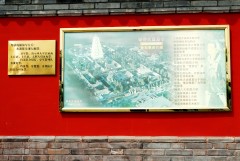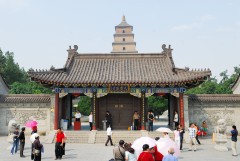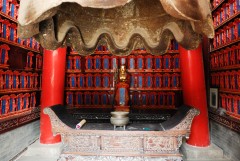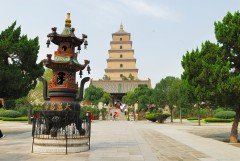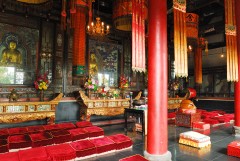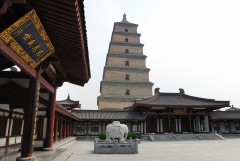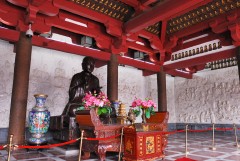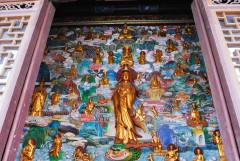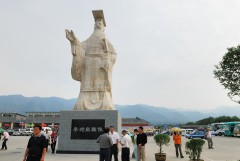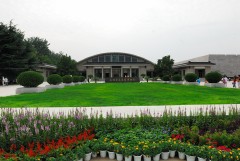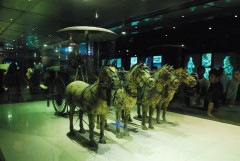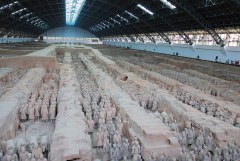| Home > China (Shaanxi province) |
|
|
|||
|
In order to be ready for the "China Olympics" total solar eclipse on Friday August 1st, 2008, a scouting trip in China and Mongolia was mandatory during the summer 2006. A recce in the Altai Republic, a Russian Federation autonomous region well known for its Altai Mountains and belonging to UNESCO World Heritage, has already taken place in August 2004. This new scouting trip in the Chinese Gobi along the "Silk Road" in the Xinjiang Uighur province and Western Mongolia had for main goal to get the best weather on all the eclipse path. The Great Gobi Strictly Protected Area was established in 1976 and was included in the World Network of Biosphere Reserves in 1990 as one of the largest biosphere reserves in the world (5.3 million hectares). Click on thumbnails for a larger version
|
|||
|
|||
|
|||
|
Xavier M. Jubier
1999 August 11
2001 June 21
2001 December 14
2002 December 4
2003 November 23
2005 April 8
2005 October 3
2006 March 29
2006 September 22
2008 February 7
2008 August 1st
2009 January 26
2009 July 22
2010 January 15
2010 July 11
2012 May 20
2012 November 14
2013 May 10
2013 November 3
2014 April 29
2015 March 20
2016 March 9
 Xi’an (Shaanxi province), China
Xi’an (Shaanxi province), China
